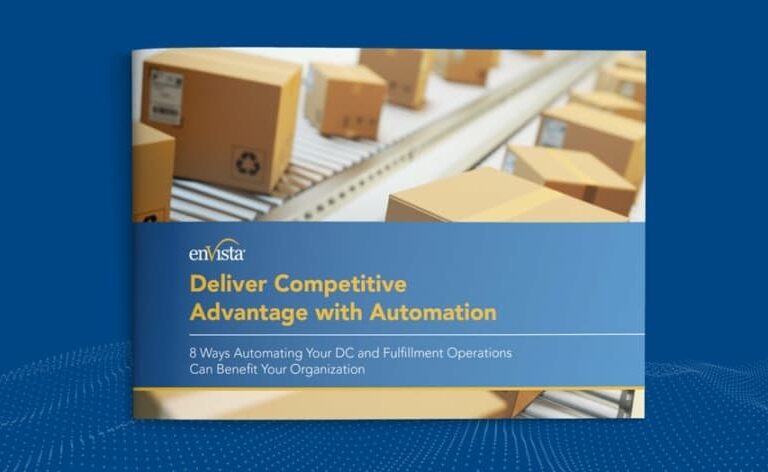In warehouse and fulfillment operations, efficiency gains don’t always require a major transformation. In fact, some of the most impactful improvements come from opportunities hiding in plain sight that can be addressed quickly and cost-effectively. For operations leaders under pressure to do more with less, quick wins can deliver measurable ROI, alleviate capacity constraints and create the momentum needed to justify long-term investments.
Start With What You Can See: Clues to Quick Wins
Walk through any warehouse and a few telltale signs typically point to untapped potential:
1. Wasted Vertical Space
Many facilities claim they’re out of space, but often only the floor is being used. If you have 30-foot ceilings and product stacked only 10 feet high, you’re sitting on unused capacity. Strategic use of vertical space, especially with automation-ready solutions, can expand your storage footprint without expanding your facility.
2. Too Much Walking
Warehouse associates frequently spend 80 percent of their time walking and just 20 percent picking. Every unnecessary step is lost productivity. Optimizing layout, implementing smarter slotting strategies or moving to a goods-to-person model can significantly cut travel time and free up labor for higher-value tasks.
3. Multiple Touches
If your order is moving through too many hands or stations, it’s likely over-complicated. Reducing touchpoints not only accelerates throughput but also reduces opportunities for error.
Focus on Labor-Heavy Areas First
The biggest quick wins typically come from the most labor-intensive workflows, particularly picking, packing, receiving and returns.
Picking and Packing
These functions often represent the largest labor spend in a warehouse. By introducing vertical storage or goods-to-person systems, you can reduce operator travel and dramatically increase pick rates. For example, shifting from manual processes to automated systems can increase pick productivity from 50-100 units per hour to 150+ using the same labor force.
Inbound and Returns
Inbound receiving and returns processing are frequently overlooked, yet they’re ripe for optimization. Reducing manual scanning, streamlining putaway and automating return sortation can deliver outsized efficiency gains with relatively modest investment.
“Shop Your Warehouse”: Make Better Use of What You Already Have
Before investing in new buildings or advanced automation, look internally. Many facilities can benefit from simply rethinking how existing assets are used.
For example, one fulfillment operation reduced its active picking footprint from 100,000 to 20,000 square feet by moving to a vertical storage model. This freed up 80,000 square feet for additional inventory, eliminating the need for an off-site storage facility. The cost savings from consolidating operations helped fund the automation investment itself.
The key is to analyze your current workflows, space utilization and inventory flow, then look for ways to maximize what’s already in place before layering in new technologies.
Know When to Automate and When to Optimize First
Warehouse automation can drive transformative gains, but not every problem needs a high-tech solution right away. In many cases, process optimization should come first.
Rather than jumping to automation, start by addressing operational inefficiencies. Is your slotting strategy optimized? Are orders flowing through logical paths? Are associates spending time on non-value-added tasks?
Focusing first on process improvement helps lay the foundation for automation, ensuring that when it’s time to scale up, your systems are ready to support it.
A Phased, Data-Driven Approach Delivers Lasting ROI
One of the smartest ways to implement automation is through a phased strategy aligned with long-term growth. For example, a warehouse may only need 40% of its future capacity today. By installing a modular solution that can scale over time, companies can right-size their investment and manage capital expenditure effectively.
This approach enables organizations to address immediate pain points while future-proofing their operations.
Go Where It Hurts
If you’re not sure where to start, begin with the area that causes the most operational pain.
Whether it’s a congested picking zone, overworked packout lines or a bottlenecked receiving dock, chances are your biggest challenges also offer the biggest opportunities. By focusing efforts where they’ll have the highest impact, you can quickly relieve pressure on your operation, and start building a smarter, more responsive supply chain.
For more real-world examples and expert strategies, be sure to listen to the full conversation in the latest podcast episode with enVista and Hai Robotics. You’ll hear from industry leaders with decades of experience helping warehouses unlock fast wins and build long-term automation strategies.





